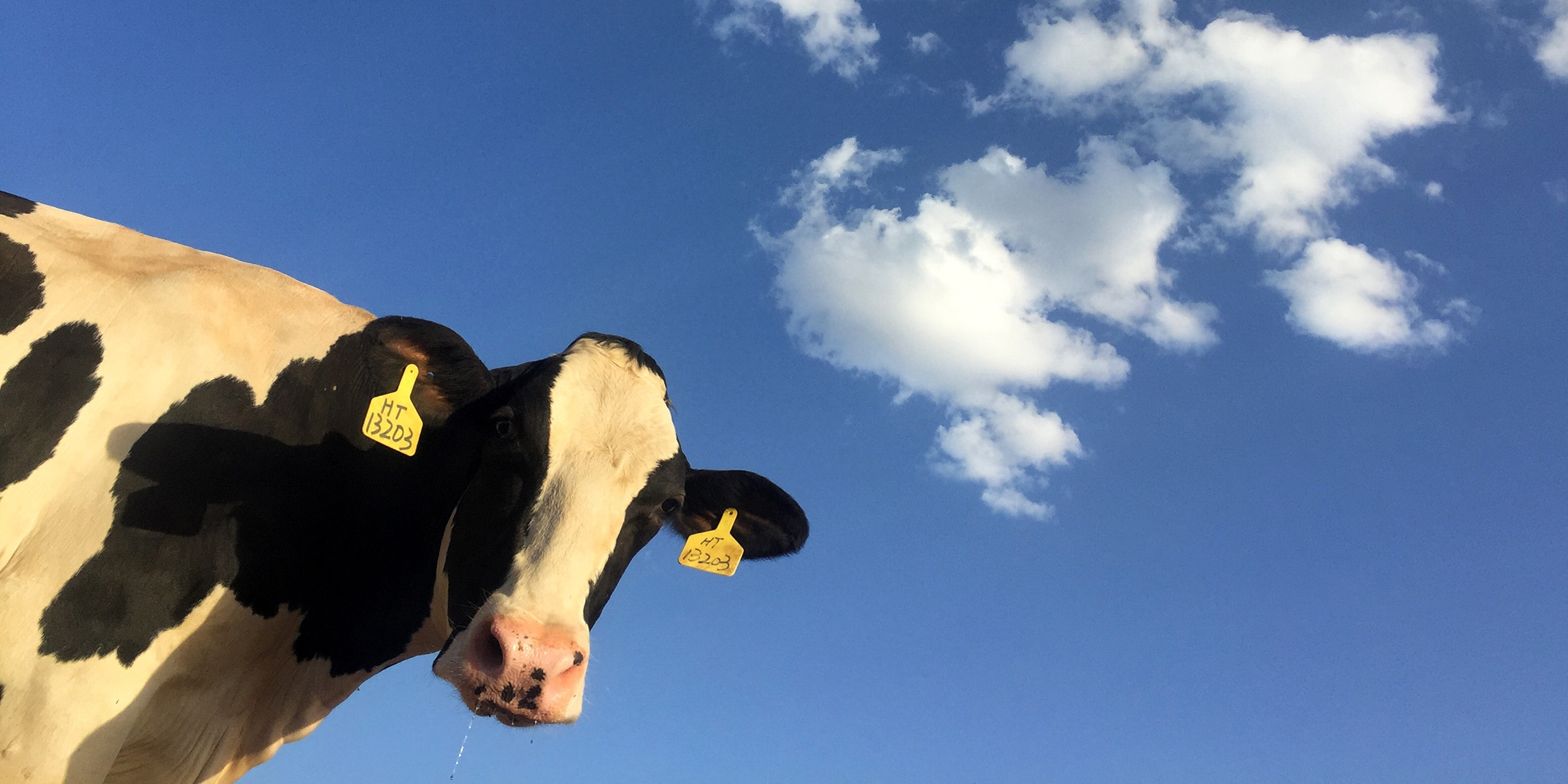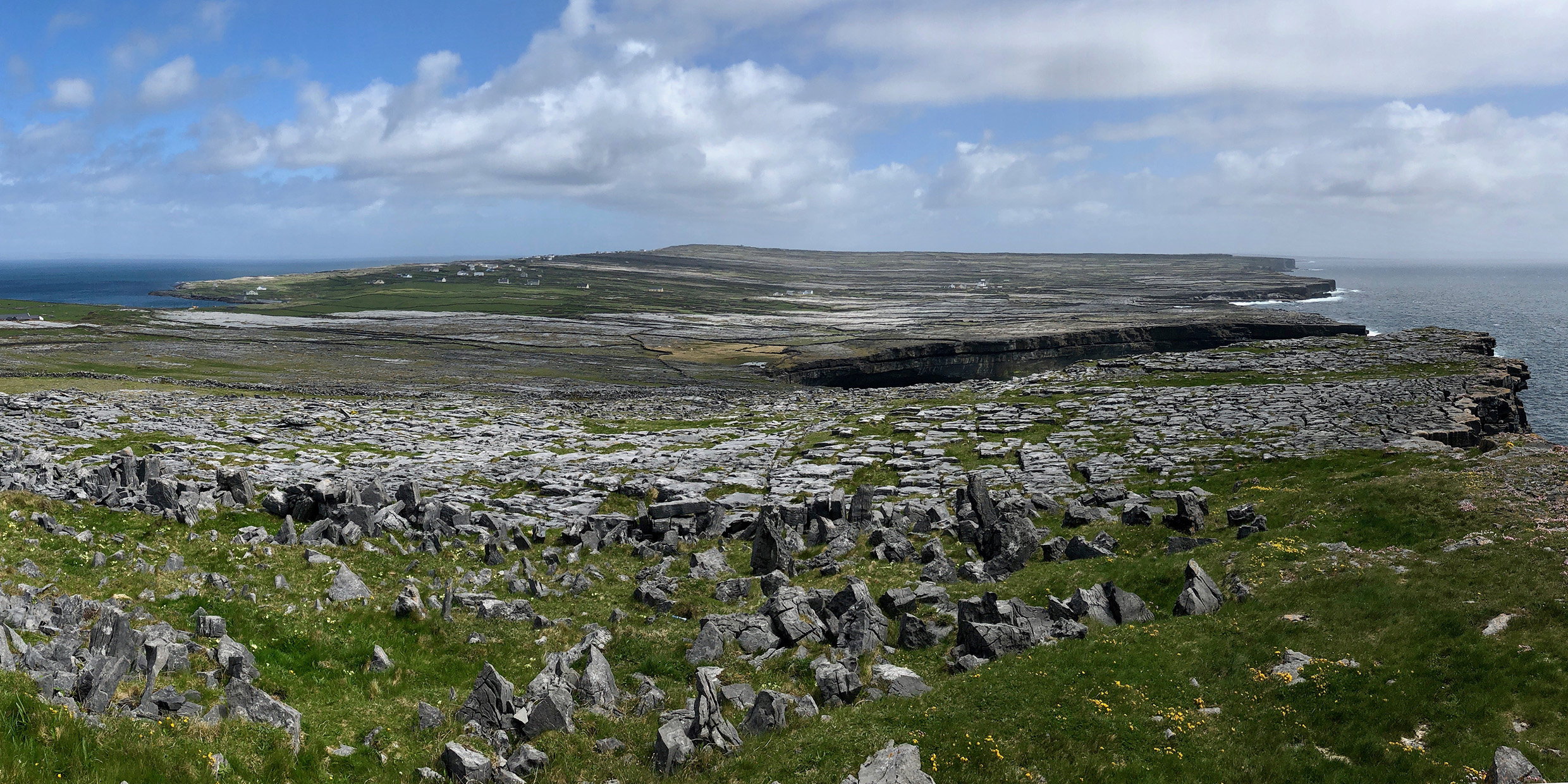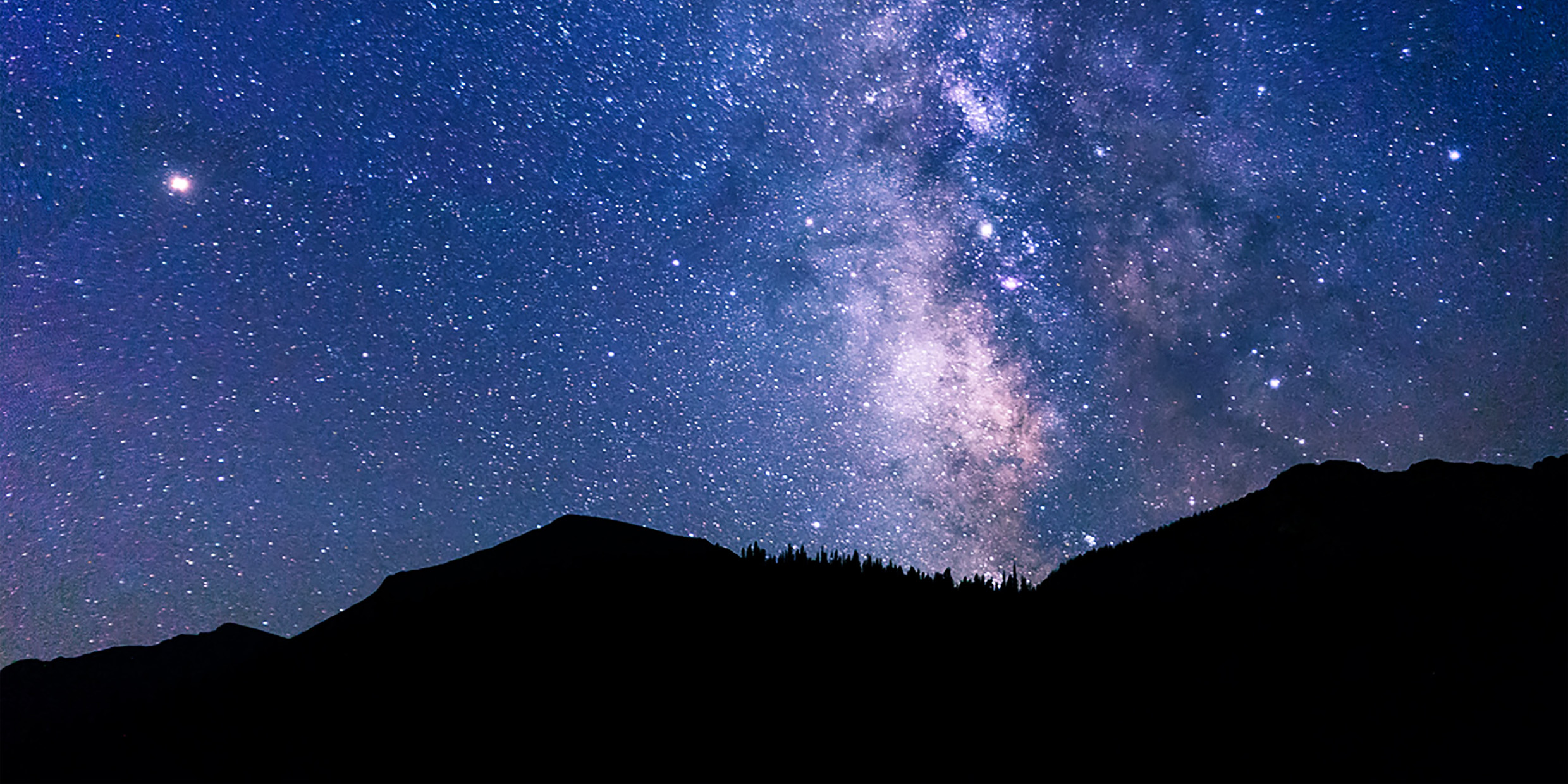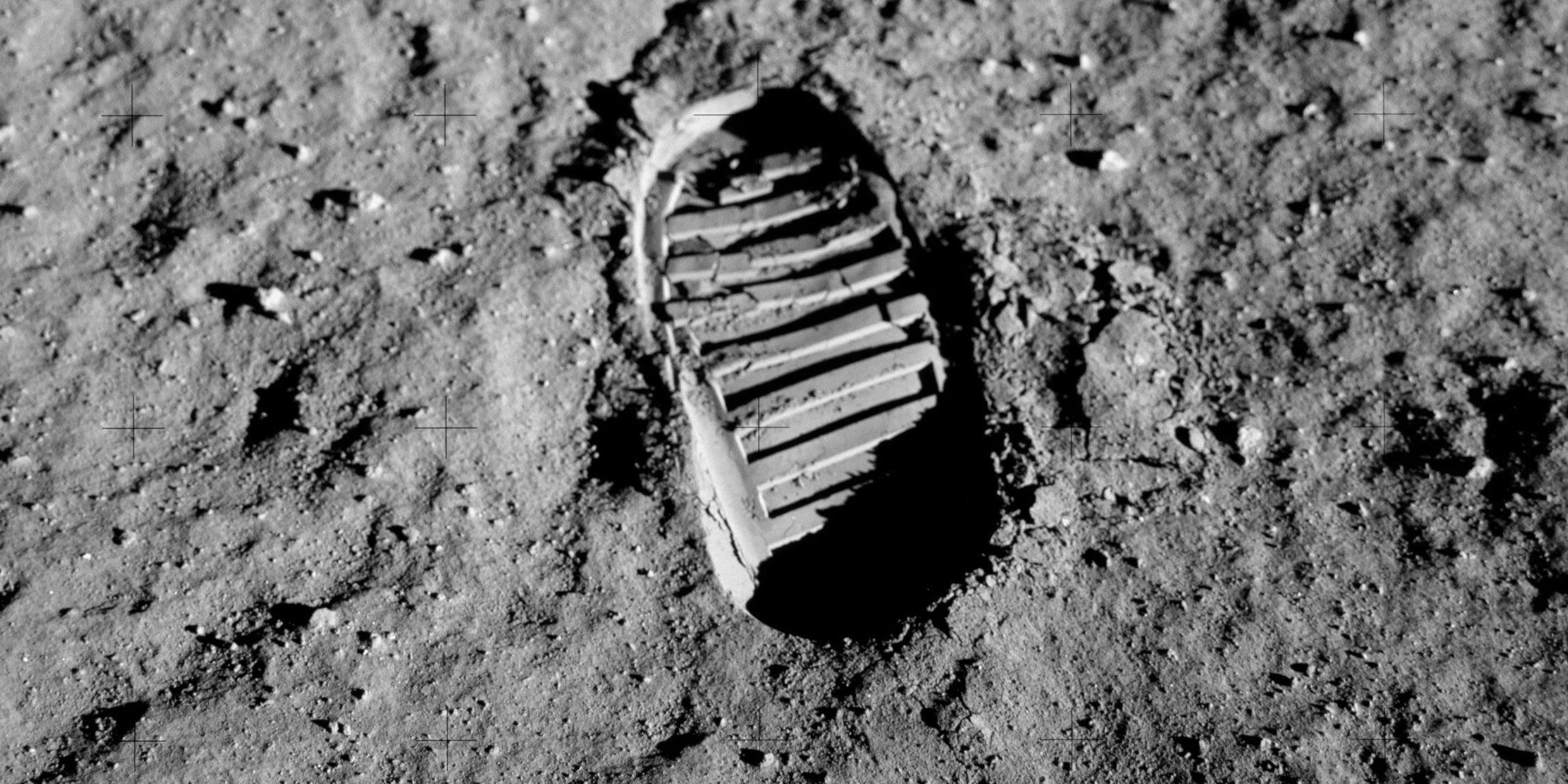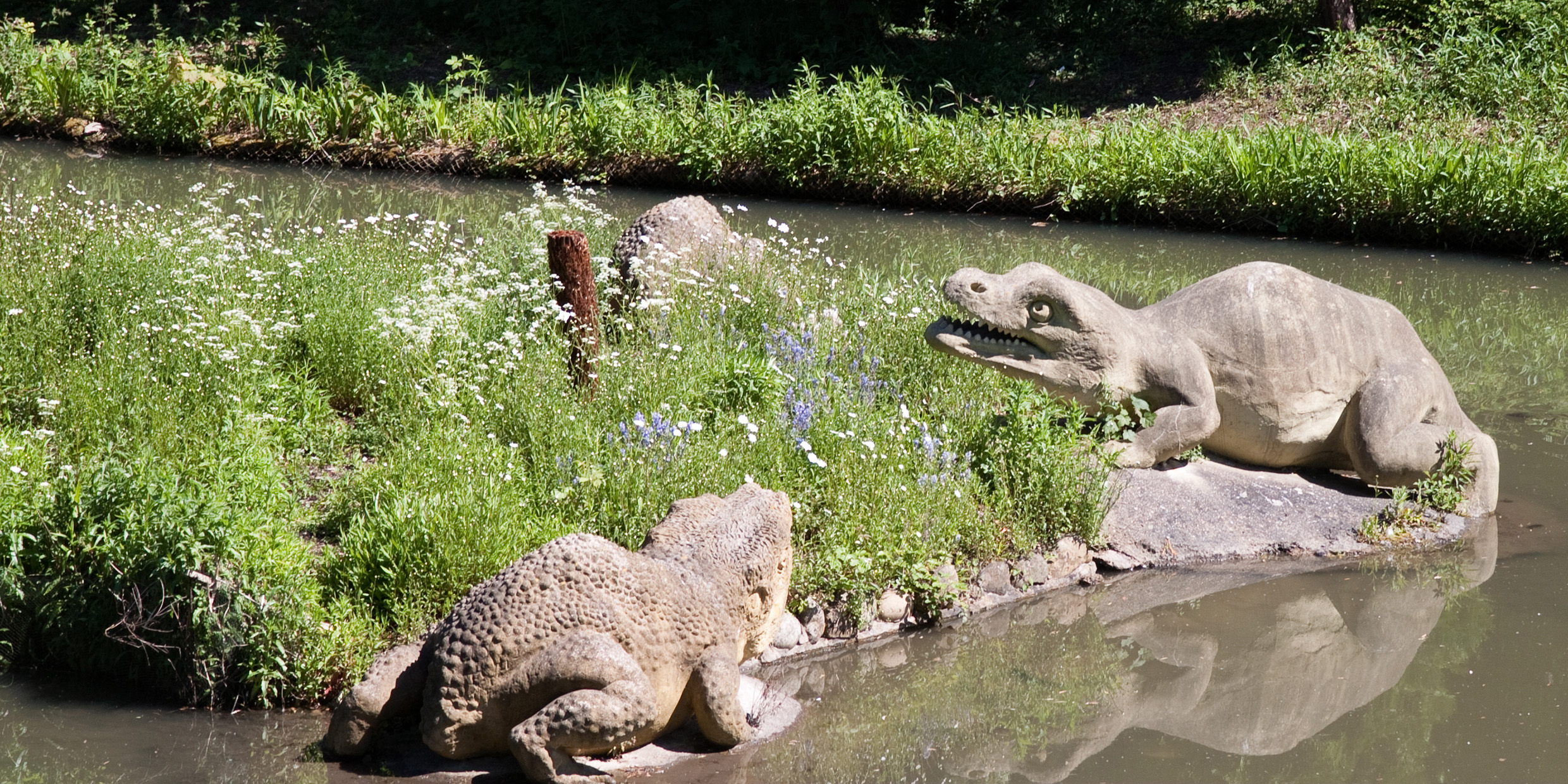When I was a child I owned a picture book that told the story of Christopher Columbus. Several of the illustrations are still clear in my memory. One showed Spanish caravels, with pennants flying, sailing off the edge of a flat Earth into the mouth of a waiting monster. This supposedly illustrated the prevailing view of the shape of the Earth at the time of Columbus.
Articles with 1987
The zombies of the plant world
It’s been a bumper year for Indian-pipes. I can’t recall another time when I have seen so many. Even as I write, in late September, they are still common in the pine-oak woods, pushing up through the leaf litter on the forest floor, little covens of waxy-white wildflowers, ghostly, bewitching, vaguely demonic.
No badge of courage in ‘star wars’
In Stephen Crane’s American classic, The Red Badge of Courage, young Henry Fleming goes off to war fired by dreams of heroic sweep and grandeur. “He had read of marches, sieges, conflicts, and had longed to see it all. His busy mind had drawn for him large pictures extravagant in color, lurid with breathless deeds.” In the war to preserve the Union he would mingle in one of the great affairs of the earth. He longs, yes longs, for the symbolic wound, the blood-red badge of courage.
Green cows and black grass
You may have heard the old rhyme: “I never saw a purple cow, I never hope to see one; But I can tell you, anyhow, I’d rather see than be one.”
Briton’s maps reflect love for the landscape
A map is an invitation into a landscape. The maps of British cartographer Tim Robinson are irresistible invitations.
For so many, the starry night is gone
Labor Day — traditionally the end of summer vacation. We are back from the mountains, the seashore, or sailing boats at sea, places where the sky is still inky dark and free of urban haze. Places where we had a chance to see the night sky as our grandparents saw it, in the days before electric lights and industrial pollution obliterated the stars.
Life is simple without sex
Some years ago, the humorists James Thurber and E. B. White wrote a book called Is Sex Necessary? It was not an altogether frivolous question and any biologist can tell you the answer: No.
A lapse of will
Eighteen years ago [in 1969] the Apollo 11 spacecraft landed on the surface of the Moon, and for the first time a human stepped onto another world. That grand achievement was followed by five other manned lunar landings, the last of them in December 1972.
Recreating a prehistoric landscape
As the writer John McPhee has pointed out, geologists inhabit scenes that no one ever saw — mountains, forests, rivers, and archipelagos long vanished from the face of the Earth. No, not vanished — almost vanished.
The men who paved the way for the theory of relativity
Ask the man in the street what is the greatest scientific discovery of the twentieth century and he will as likely as not reply, “the theory of relativity.” Many scientists will agree. Relativity underlies our present understanding of atoms and stars. It is the basis for our ideas about the origin and evolution of the universe. It is the very warp of the fabric of physics, the threads on which all else is woven.



